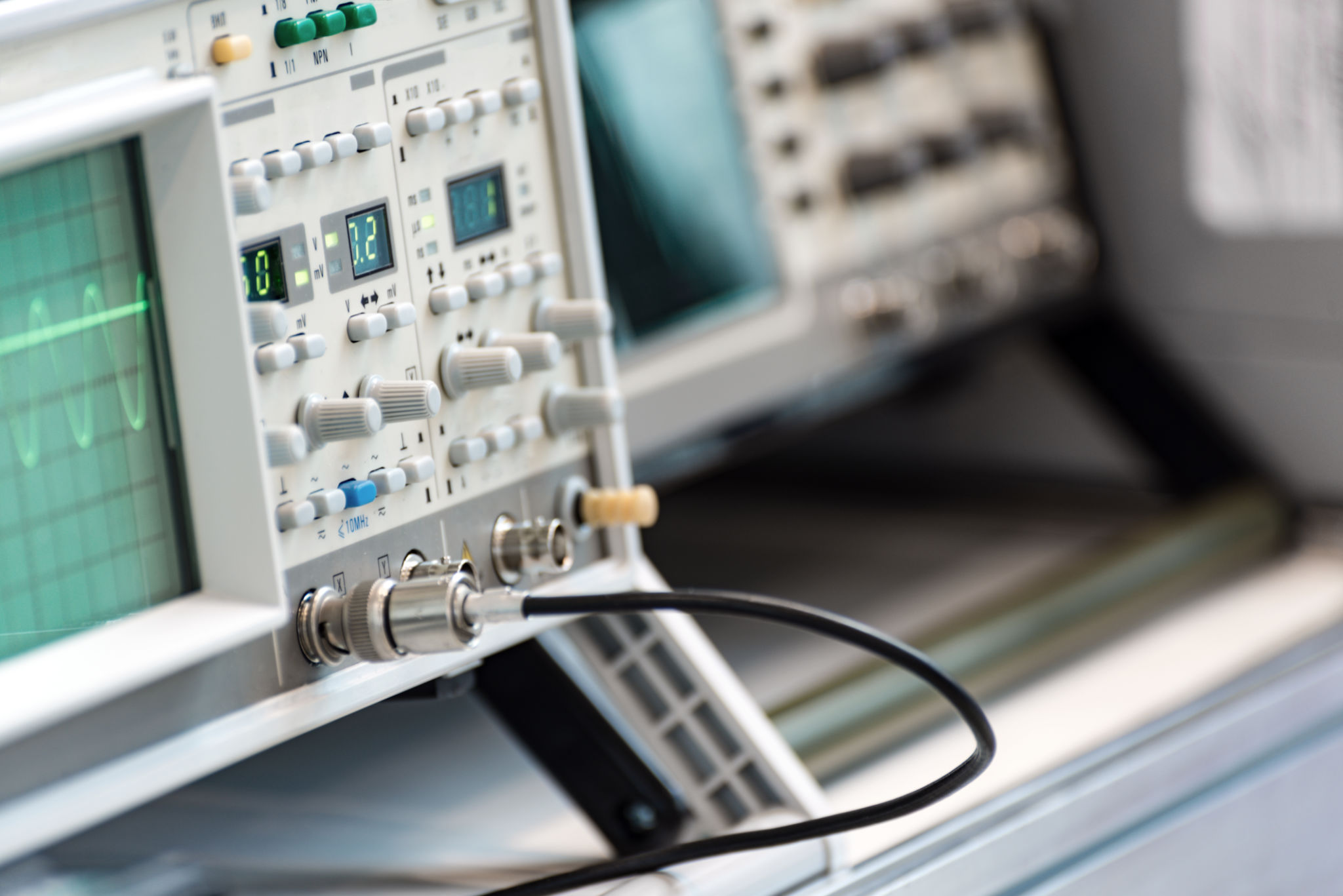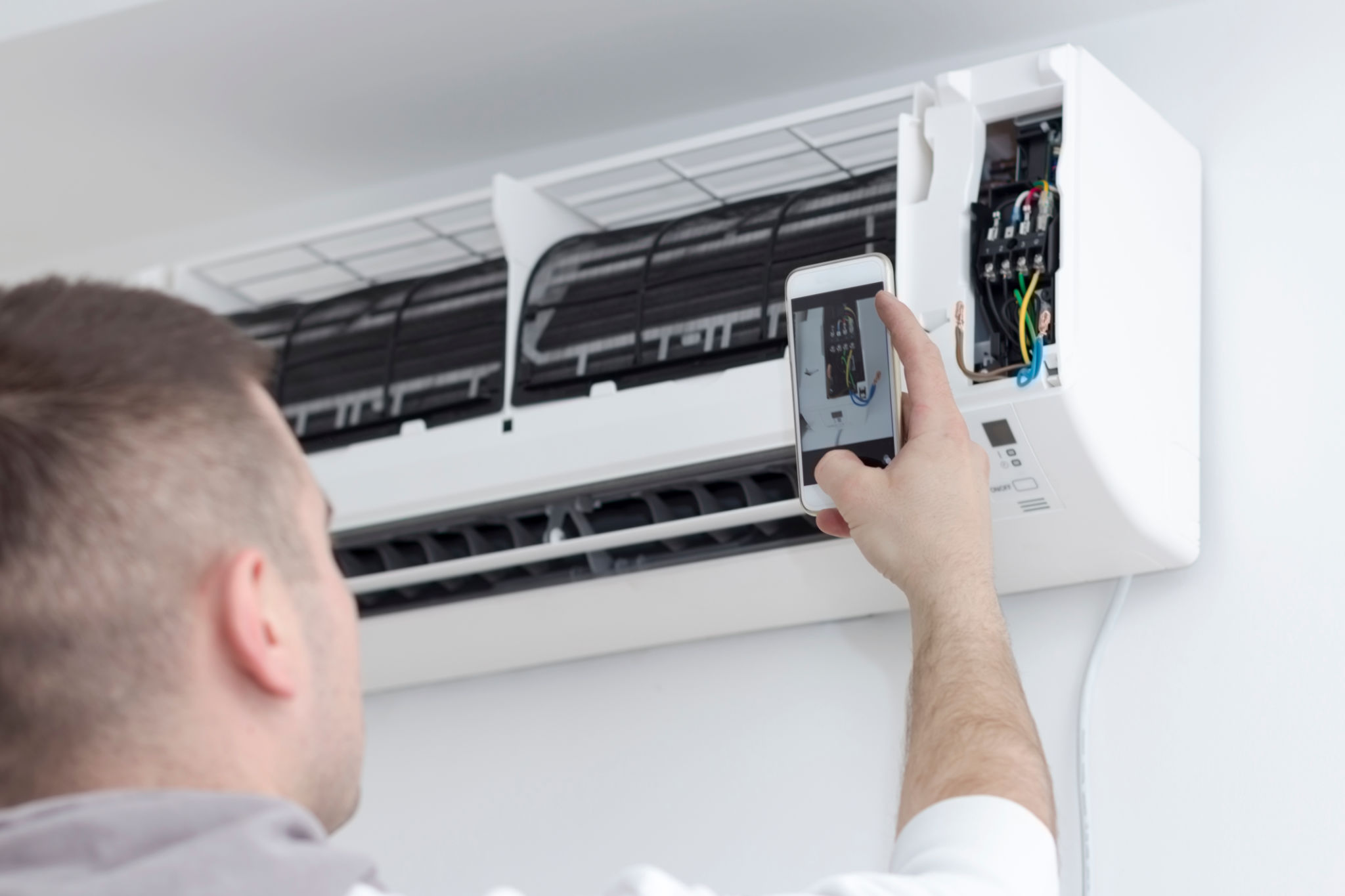The Ultimate Guide to Partial Discharge Detection Cameras: Protecting Your Equipment
Understanding Partial Discharge
Partial discharge (PD) is a critical factor in the deterioration of high-voltage equipment. It occurs when there is an electrical discharge that only partially bridges the insulation between conductors. This phenomenon can lead to equipment failure, causing substantial financial losses and safety hazards. Therefore, early detection and monitoring of PD are essential to maintain the reliability and efficiency of electrical systems.
PD can originate from various defects in insulation, such as voids, cracks, or impurities. Over time, these discharges can erode the insulation, leading to complete breakdown. Utilizing effective detection methods can significantly extend the lifespan of your equipment and minimize unexpected downtimes.

The Role of Partial Discharge Detection Cameras
Partial discharge detection cameras are innovative tools designed to identify and locate PD activity within electrical systems. These cameras leverage advanced technologies to detect the ultraviolet light emitted during a discharge, allowing technicians to pinpoint issues without shutting down the system. This capability is crucial for maintaining continuous operations while ensuring safety.
These cameras provide a non-intrusive method to assess the condition of electrical components, offering a proactive approach to maintenance. By visualizing potential problem areas, technicians can prioritize repairs and replacements, managing resources more efficiently.

Benefits of Using PD Detection Cameras
Employing PD detection cameras brings several advantages:
- Early Detection: Identify issues before they escalate into major problems.
- Cost Efficiency: Reduce repair costs by addressing faults early.
- Safety Improvements: Minimize the risk of electrical failures and accidents.
- Operational Continuity: Conduct inspections without interrupting operations.
These benefits make PD detection cameras an invaluable asset for industries relying on high-voltage equipment. They not only improve safety and reliability but also support long-term cost savings.

Choosing the Right Camera for Your Needs
Selecting the appropriate PD detection camera depends on several factors, including the type of equipment, operational environment, and specific requirements of your facility. Consider the following when making your choice:
- Sensitivity: Ensure the camera can detect low-level discharges.
- Range: Determine the distance over which the camera can accurately detect PD.
- Durability: Evaluate the camera's robustness in harsh conditions.
- Ease of Use: Opt for models that offer intuitive interfaces and seamless integration with existing systems.
Integrating PD Detection Cameras in Your Maintenance Strategy
For optimal results, integrate PD detection cameras into your routine maintenance strategy. Regular inspections can identify developing issues before they impact operations. Additionally, training your maintenance team on using these cameras effectively will maximize their benefits.
Developing a comprehensive maintenance plan that includes PD monitoring can help in maintaining high equipment availability and reliability. By doing so, your organization can achieve a balance between performance and cost-effectiveness.
The Future of PD Detection Technology
As technology advances, PD detection cameras are becoming more sophisticated with enhanced features like real-time monitoring, data analytics integration, and wireless connectivity. These advancements are paving the way for smarter, more efficient maintenance solutions that align with the goals of Industry 4.0.
The continuous evolution of PD detection technology promises even greater improvements in predictive maintenance capabilities. This progress will further enhance the ability to protect expensive infrastructure from premature aging and failure.
